The natural diet of bovines largely comprises wild grass, tree leaves and weeds. Increased domestication, however, has motivated farmers to rely on grain-based diets, as it makes it easier to maintain large herds of cattle and harvest higher yields of produce, be it meat or milk. Grains, in comparison to grass, are easy to store, to purchase in bulk, as well as to produce. Second-grade-broken grains are often easily available (read: cheaper) for dairy.
Annapurna dairy currently relies on grains, i.e. millet-based concentrate as well as home-grown fodder and paddy straw. While fodder (greens) is much more nutritional and natural to cattle, the quantity needed for consumption is relatively higher. To grow such quantities, one would require advanced pastoral management (optimum grazing), water, land, as well as protection of the land from other wild vegetarians.
The often asked question to us is how one farm off 135 acres, the answer is to make a system that serves the need of sustaining an organic farm.
A closer look at gliricidia 323BB will help to understand this better as it aims to sustain the rotational fodder for the dairy along with irrigated food crops, such as green gram, late sesame and corn.
For years, Annapurna has been cultivating the most outlying pieces (15-20 acres) of the land under dryland gliricidia plantations to produce fodder and biomass. These gliricidia were originally planted as a dryland crop to biomass for composting-mulching, and nitrogen-fixing to the soil, create organic fodder for the dairy along with far-off land protection and erosion. Food crops used to be grown between the lines of gliricidia as well.
In the month of June 2022, with the help of increased rain harvesting capacity over the years, we prepared alleys (spacing) between gliricidia to cultivate fodder under irrigated conditions. This plot was prepared by shredding down gliricidia alleys to provide the biomass for the first rotation with fodder crop 一 Phaseolus Tribola and perennial fodder Sorghum.
This system was visualized by Tomas years ago as a mean to reduce yearly compost input (creating biomass | organic matter). In the coming season, we intend to observe if the plot will be able to sustain itself with the biomass created from the gliricidia and legume crop rotation. This plot will further rotate into food crops and eventually into a fruit plantations; banana.
The aim is to slowly move towards minimizing the reliance on millet grains to having the herd predominantly fodder (grass)-fed while extending the land under long-term cultivation. As of today we harvested about a ton of leguminous fodder – Phaseolus Tribola and test cut of the perennial fodder sorghum from 392bb.
Alley Cropping System*
Hedgerow intercropping, also referred to as Alley cropping system is a type of strip cropping or agroforestry practice, in which fast growing trees and shrubs are established on the arable lands and annual food or forage crops cultivated in the “alleys” between the hedgerows. The shrubs or trees are usually planted in rows of 2.0 m to 6.0 m apart, with crops cultivated between rows. The trees or shrubs managed as hedges are pruned periodically during cropping phases to prevent shading of companion crop and the pruning applied to the soil as green manure and / or mulch. This improves the organic matter status of the soil besides proving nutrients, especially nitrogen. This system also creates a more favorable microclimate for crops by shielding them from drying winds. Trees or shrubs and crops components are managed to be complimentary rather than competitive.

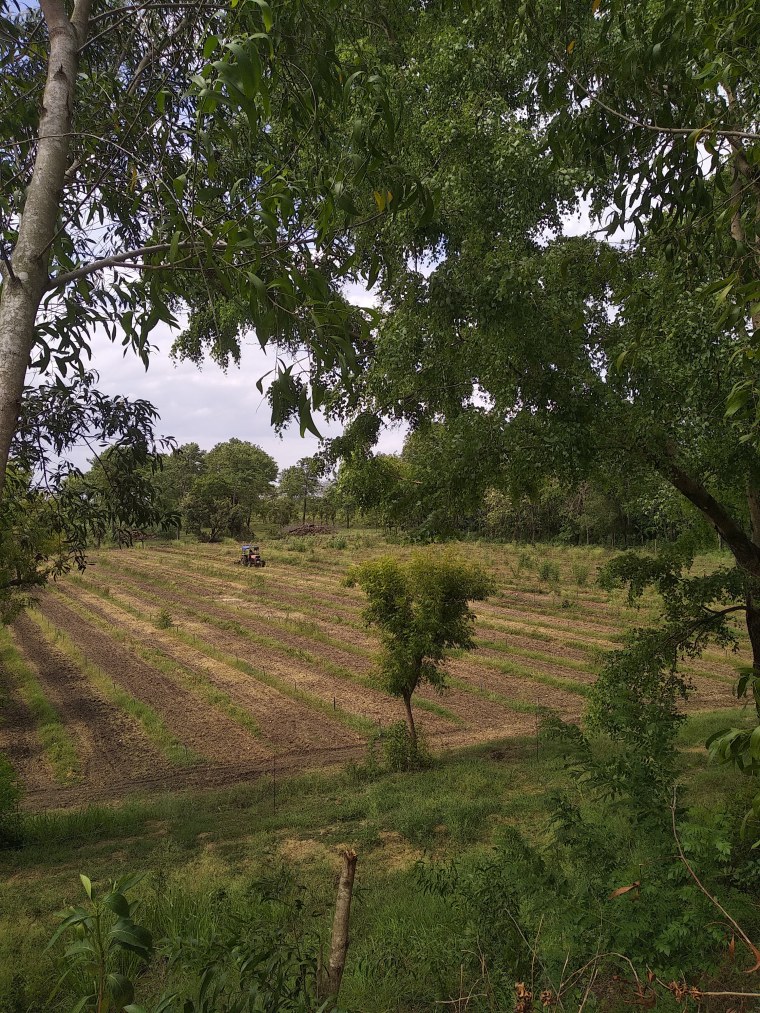
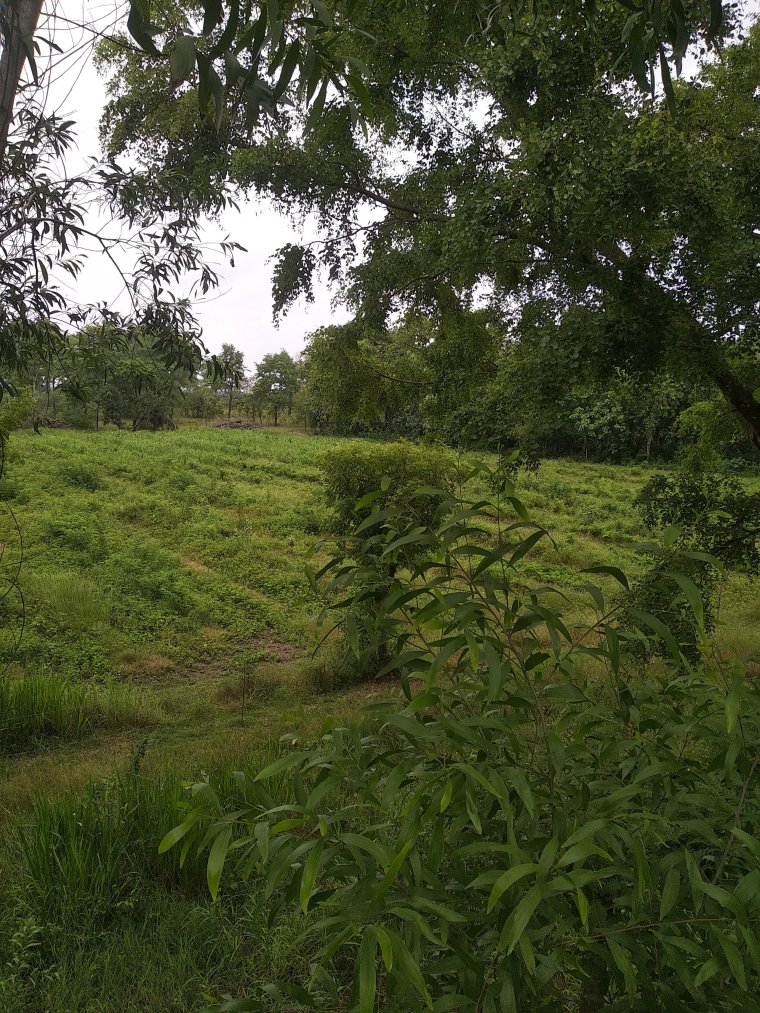
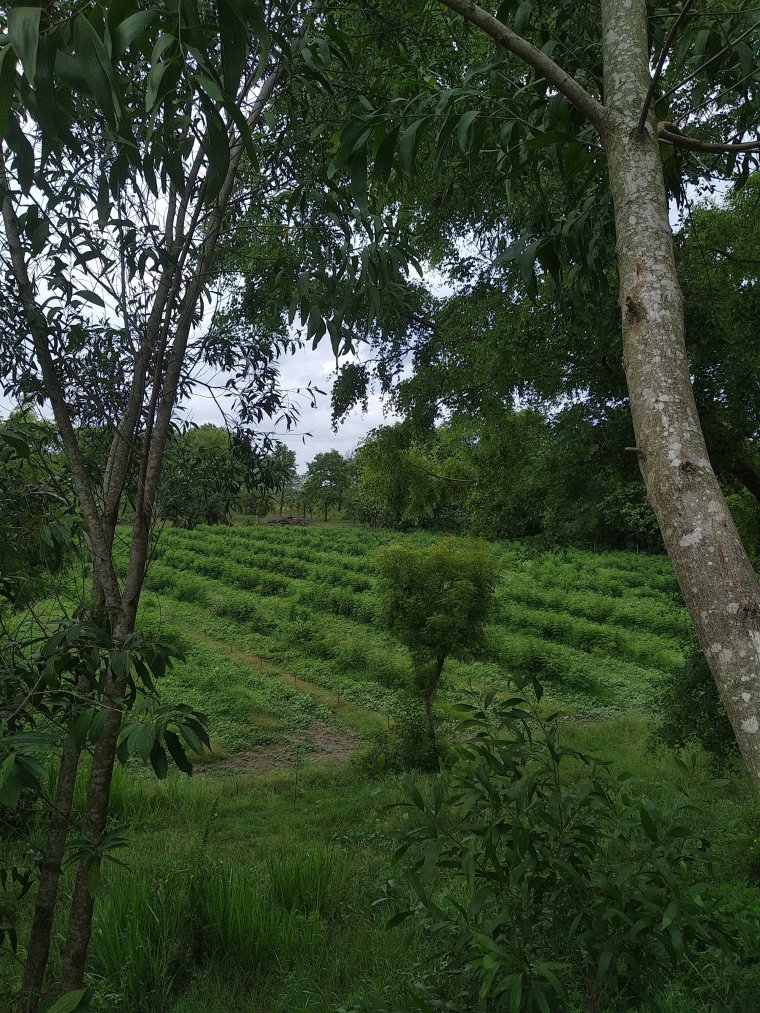

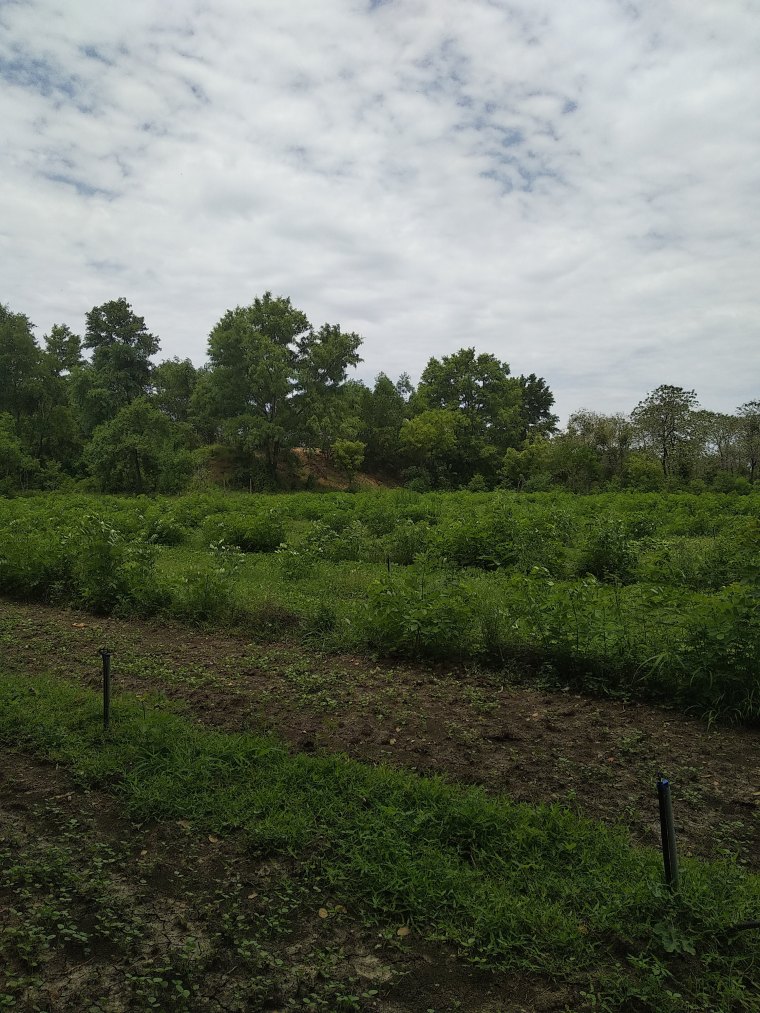
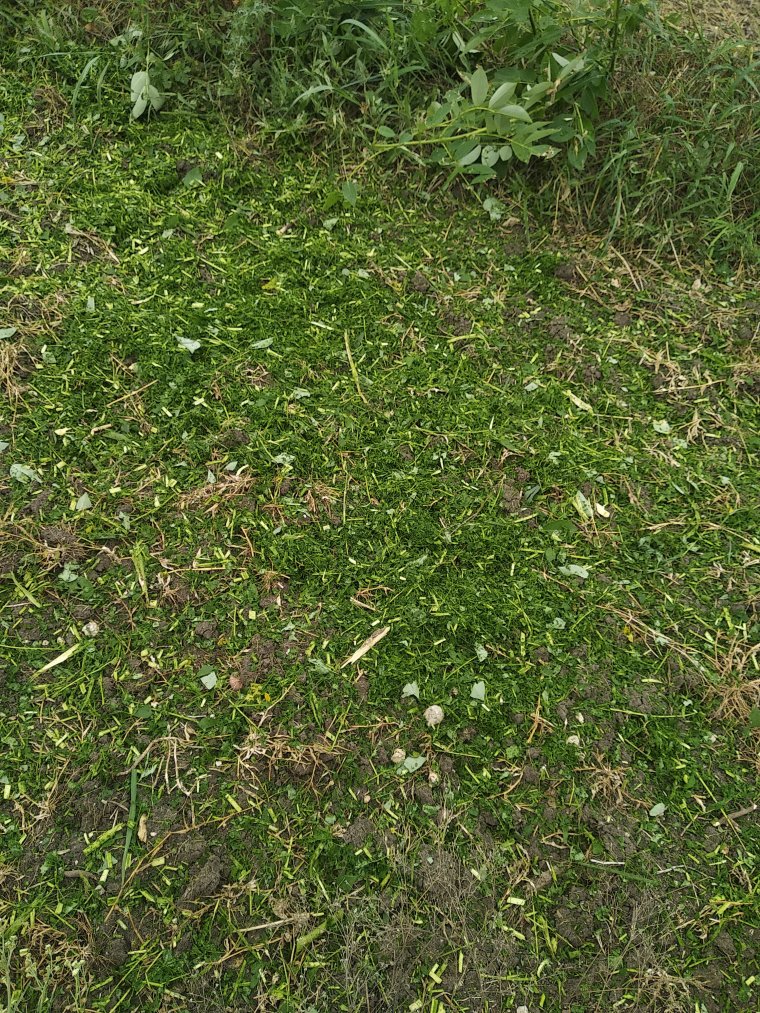
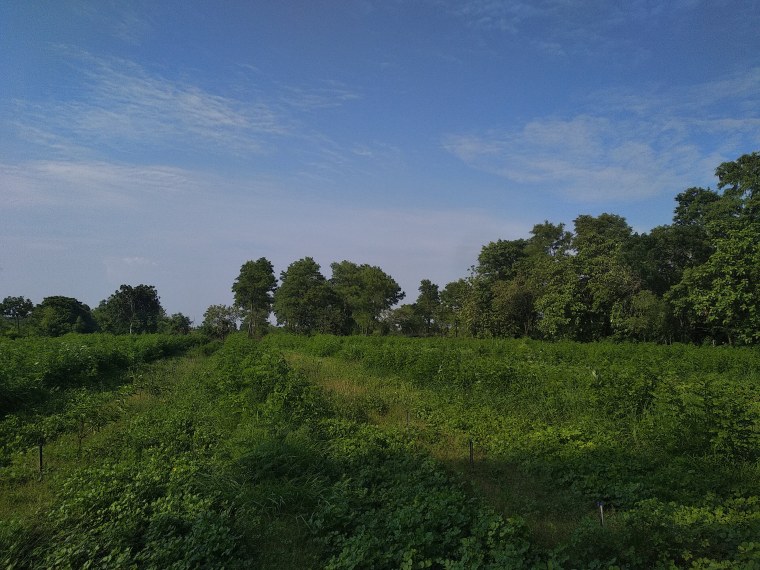

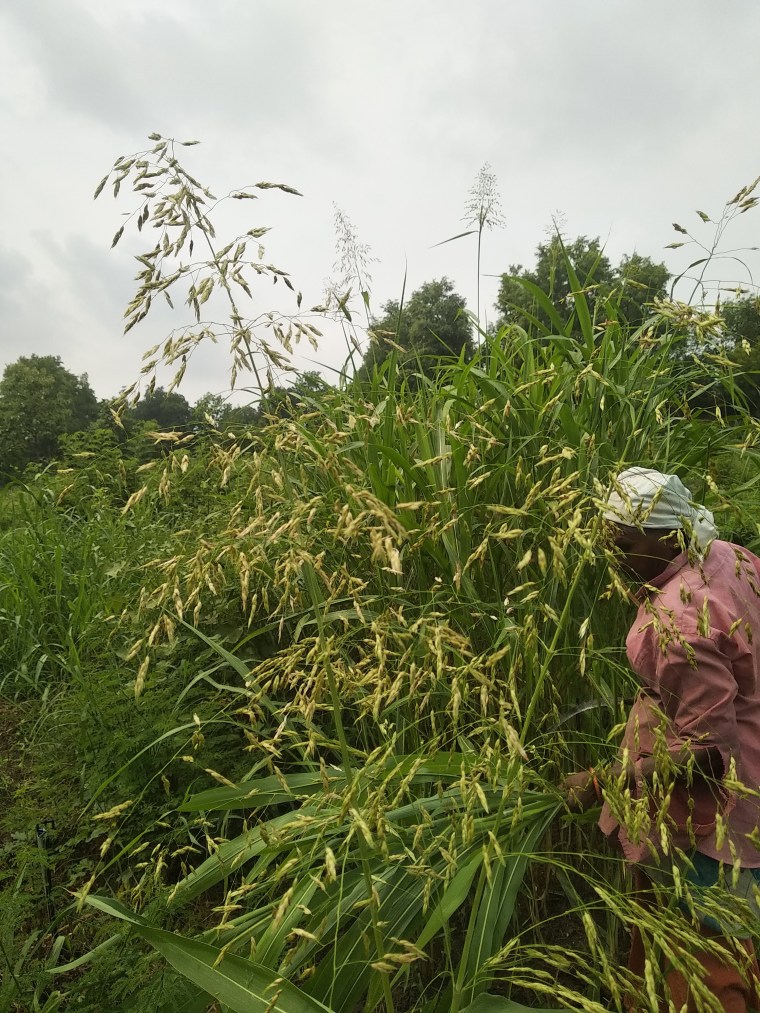
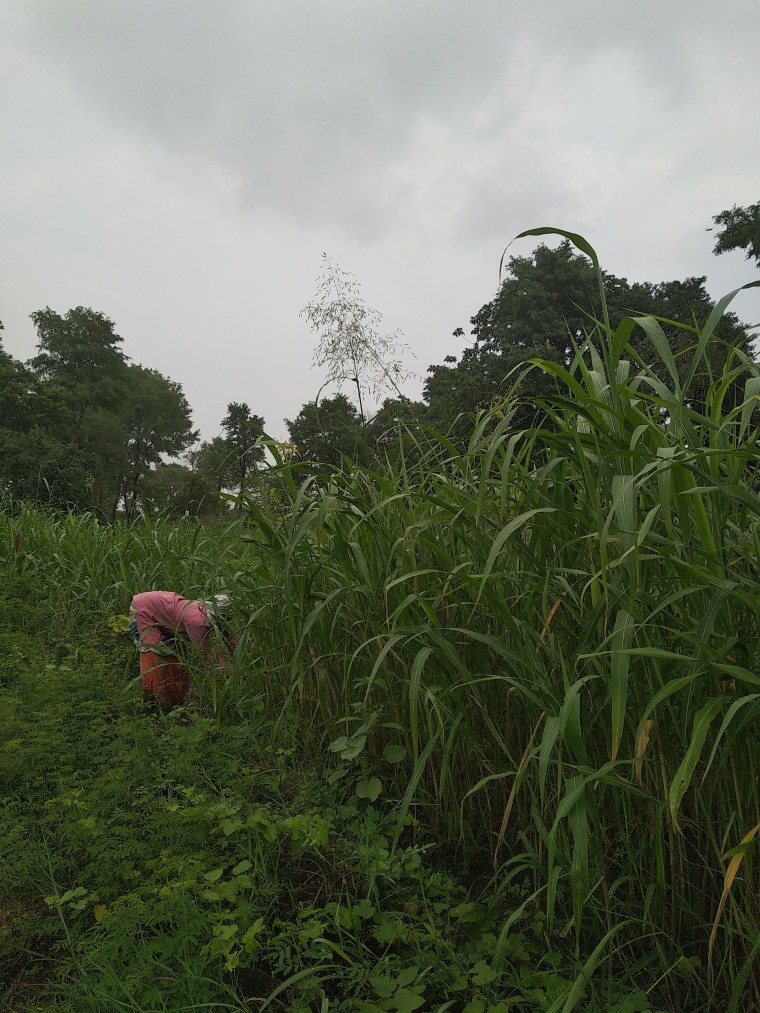
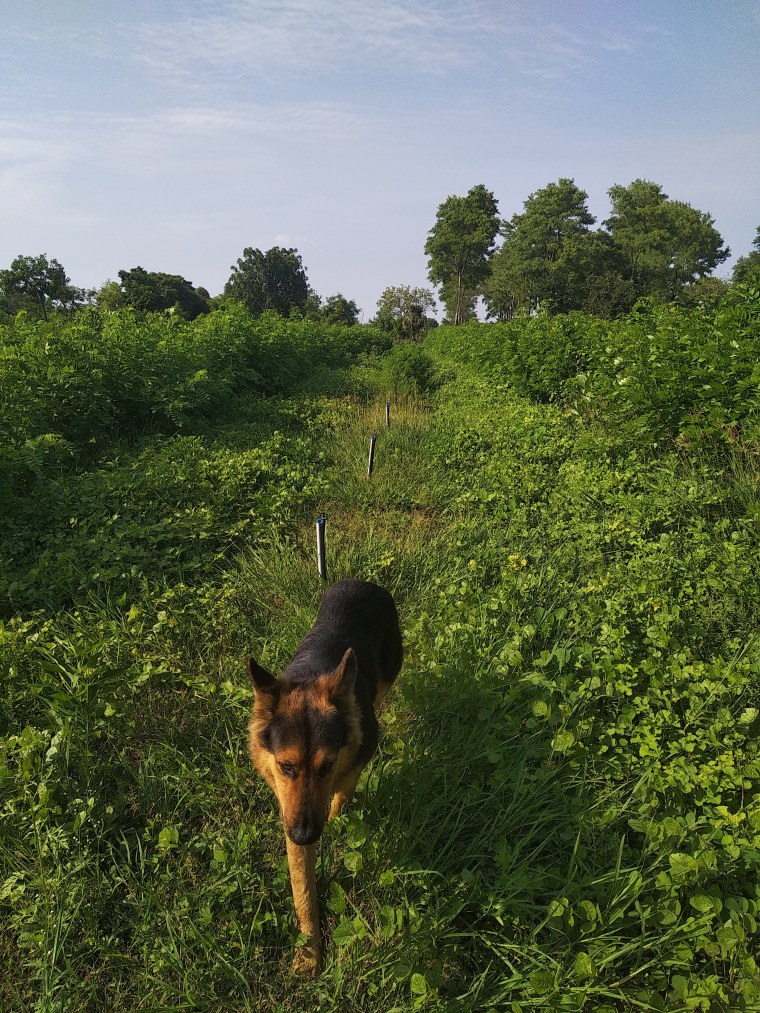
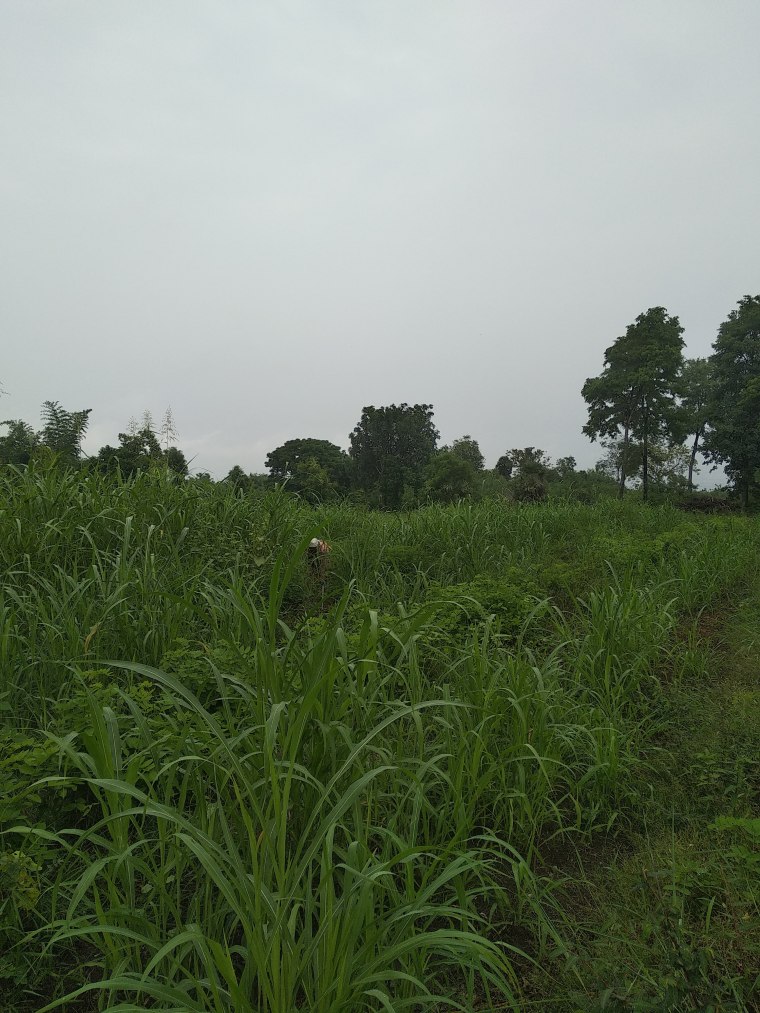

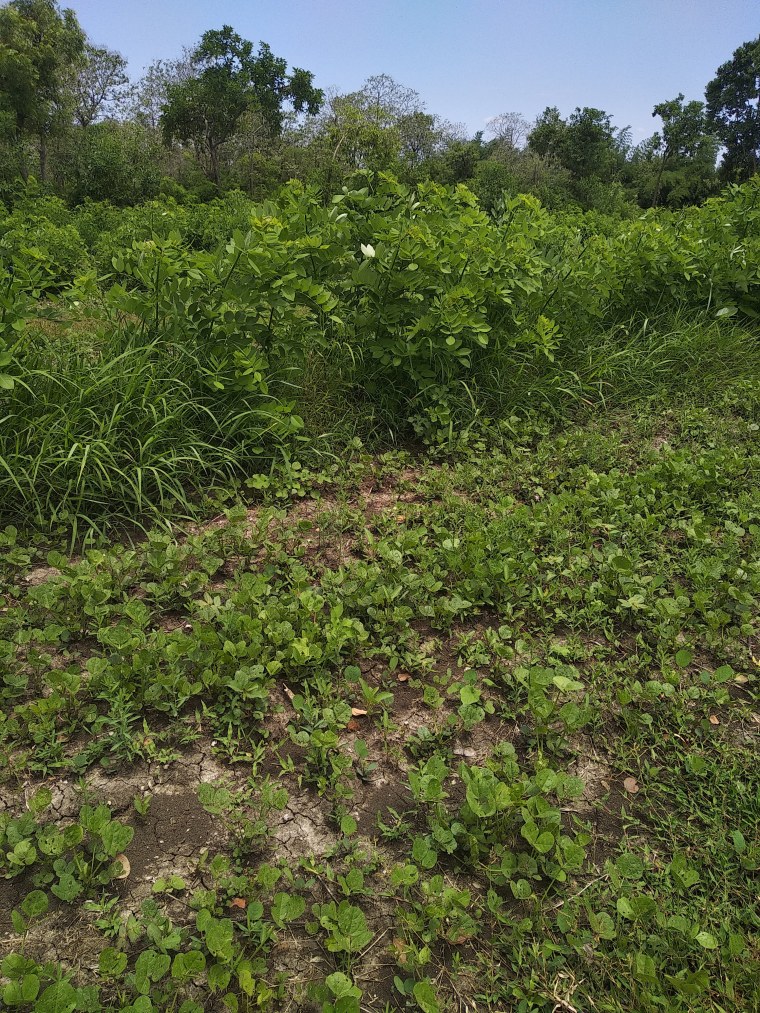
2 Responses